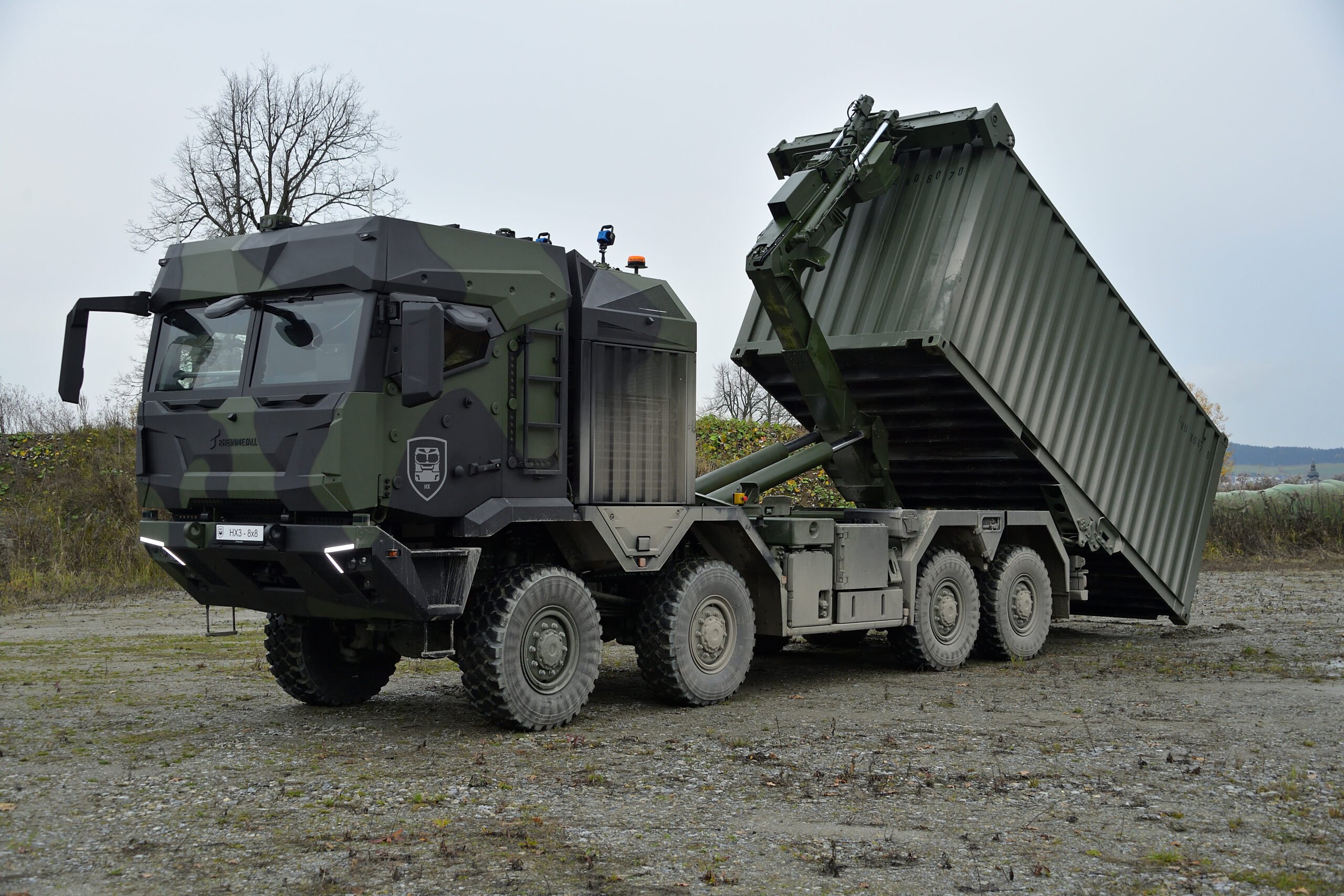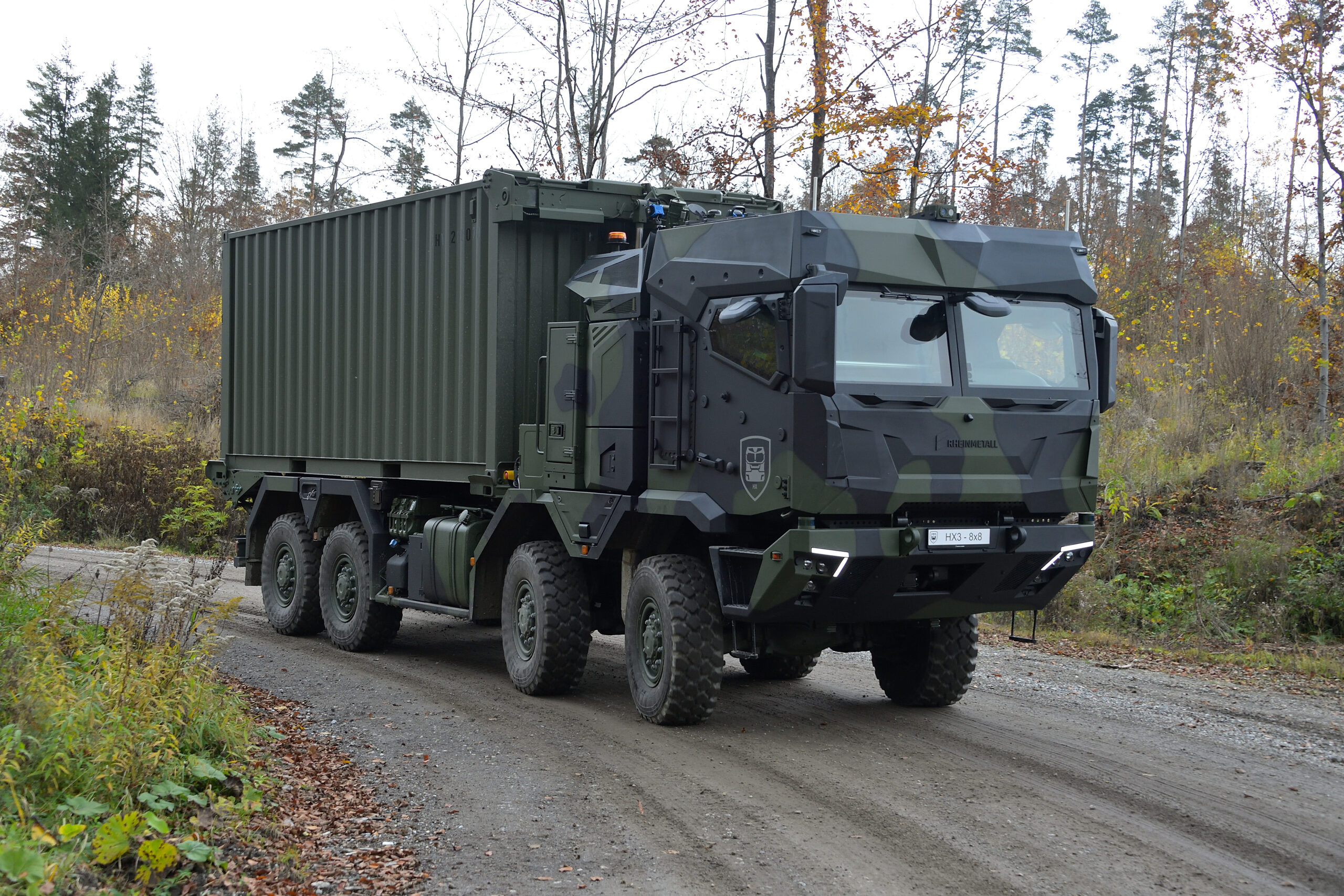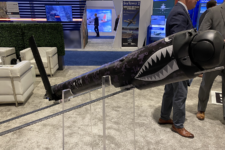
Photo courtesy of American Rheinmetall Vehicles.
GM Defense and American Rheinmetall Vehicles (ARV) have joined forces to compete for the Army’s Common Tactical Truck (CTT) program in a rapid-prototyping effort to provide truck operators with modernized capabilities and commonality with commercial trucking.
In this Q&A with Steve duMont, president of GM Defense, he discusses the capabilities of the GM Defense/ARV team, its speed-to-market abilities, and its commitment to bring a modern, all-American truck with enhanced capabilities to soldiers.
Q. Why did GMD enter into a teaming agreement with ARV to build the CTT prototype?
duMont: The CTT teaming agreement between GM Defense and American Rheinmetall Vehicles brings together two powerhouse companies, both with long legacies in the defense market, that can bring next-generation capability to a high-priority Army modernization program. Our two businesses are aligned in our commitment to provide a transformational prototype to the U.S. Army as they modernize the heavy tactical vehicle fleet. With American Rheinmetall Vehicles’ proven and fielded HX3 as the starting point of our offering, combined with GM Defense’s ability to leverage advanced technologies and U.S. manufacturing capabilities of our parent company, General Motors, we make a strong team that can work quickly to get modern capabilities into the hands of our soldiers.
Q. What advantages does the collaboration bring to the U.S. Army?
duMont: The collaboration will bring forward the HX3-CTT, a new next-generation variant of the globally successful HX family of military-off-the-shelf tactical trucks. The advanced vehicle possesses an extremely high level of commonality and modularity across variants, including cargo, load handling systems, tankers and line haul tractors. The common platform approach offers the Army critical benefits enabling a more reliable, more efficient and more mission ready logistics truck fleet that can easily flex to support future needs. The next-generation prototype will leverage commercial technologies that provide enhanced capabilities, while offering the Army additional benefits such as cost savings, the flexibility to adopt technologies from adjacent commercial truck fleets and a larger global supply chain for spare parts.
Q. GM Defense has been very vocal about transitioning defense and government customers to a more electric, autonomous and connected future. How does supporting an ICE-powered program like CTT factor into its electrification efforts?
duMont: While we’re completely aligned with our parent company’s vision for an all-electric future, we are not walking away from ICE-powered solutions. GM produces some of the most powerful and fuel-efficient diesel engines on the market. We recognize that the transition to a more electric, autonomous and connected future is a journey where alternative propulsion systems and ICE engines will co-exist for many years. GM Defense will continue to leverage traditional power and propulsion technologies to meet customer requirements and we will support our customer where they are on their pathway towards electrification.

Photo courtesy of American Rheinmetall Vehicles.
Q. CTT is being initiated by the Army as a rapid prototyping effort under a middle-tier acquisition strategy to facilitate faster requirements generation and development timelines that should allow for a more accelerated transition from prototype to low-rate production procurement. How will ARV and GM Defense meet the Army’s need for speed?
duMont: The Army selected GM Defense to deliver the Infantry Squad Vehicle under an Other Transaction Authority contract. Since winning the contract, we’ve reached a number of milestones with impressive speed and agility. GM Defense delivered the first production ISV 120 days after contract award and has successfully fielded additional vehicles to the 82nd and 101st Army Airborne Divisions.
We’ve also expanded on the success of the ISV by building out an ISV family of vehicles, some of which have been developed in a matter of weeks, from concept to prototype vehicle, thanks to our ability to leverage tested and validated commercial technology. The HX3-CTT that we plan to build and produce with ARV leverages a high percentage of commercial technology, which we believe will give our team the advantage of speed and flexibility to meet the needs of the Army now and into the future.





















